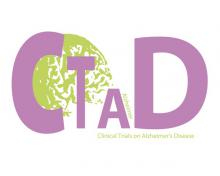Background: Electrolyte imbalances strongly impact on morbidity and mortality rate in elderly adults. In particular, residents of long-term care facilities may develop life-threatening conditions as a result of altered serum electrolyte concentration. European nursing homes have restricted availability of general practitioner, therefore the role of nurses in medical care, prevention practices, early symptoms identification and communication with physicians is indispensable. Many of the risk factors associated with electrolyte imbalances are modifiable or preventable and have to be adequately recognized and managed by health professionals in nursing home settings. Objective: The aim of this review is to discuss prevalence and management of electrolyte imbalances in long-term care facilities with focus on nursing homes. Design: Narrative literature review. Methods: Search was performed in MEDLINE/PubMed and CINAHL databases. Key search terms associated with electrolyte imbalances including hyper- and hypo-states of sodium, potassium and magnesium were utilized in the subject search in combination with nursing homes, long-term care and older adults. Results and Conclusions: Published research studies reported higher prevalence of electrolyte imbalances and related mortality rate in nursing home residents when compared to older community adults. Serum sodium imbalances, hyponatremia and hypernatremia, were the most commonly identified. High incidence was also documented for hypomagnesemia and associated hypokalemia. Risk factors strongly associated with electrolyte imbalances included nursing home resident’s dietary/ hydration status, presence of comorbidities and type of prescribed medications. In this review we also summarise early signs of electrolyte imbalances and assessments that can be performed locally by nursing personnel. Strengthening awareness for electrolyte imbalances is an important quality-improvement effort from the perspective of nursing home residents and their families that might lower unnecessary hospital transfers, EI complication rates and residents’ mortality.
(1) L. Pickenhan, C. Rungg, N. Schiefermeier-Mach Jour Nursing Home Res 2020;6:14-19



